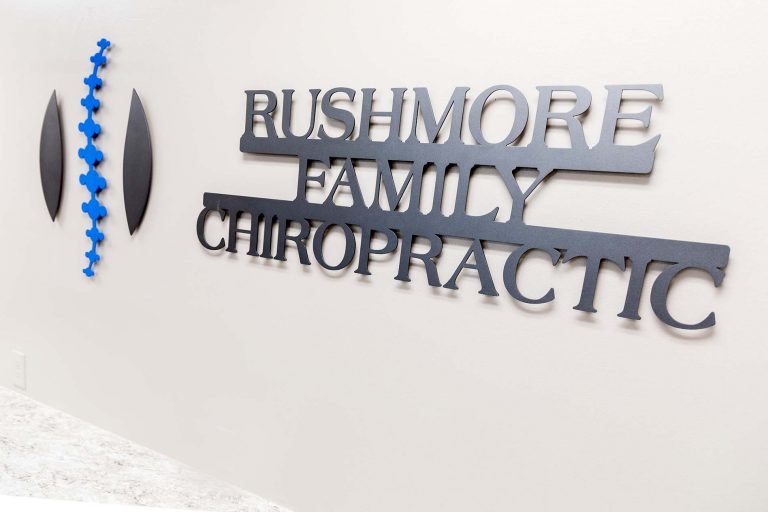Last month, we outlined three of the most common spinal ailments our patients experience including Sciatica, Sacroiliac Joint Dysfunction and Slipped Disks. We also discussed some of the ways that you can reduce your risk for these problems.
This month, we’re going to delve into the most common injuries that we see. We’re beginning with Sports-related injuries.
Sports are excellent ways for people of all ages to maintain good health and weight, and to keep active. Sports are also great practices for our children to learn conflict resolution and develop the eye-hand coordination that is so instrumental to our coordination.
Sports are also, of course, sources of pleasure and joy for many Americans. But from the very young to old, many people will suffer a sports-related injury during their life. Your potential injury not only sidelines your sports activities but can result in pain and limited mobility in other aspects of your life.
Sports, as powerful as they are at helping to build strong muscles, coordination and skill, also place strenuous demands on our bodies. Sometimes those demands results in injuries.
Most sports injuries can be typified as ‘Hypertension or Hyperflexion’ injuries, or over-extension of muscles and tendons, caused by movement in activity. The resulting pain can manifest as:
Pain in the legs/buttocks
Muscle spasms
Joint inflammation
Neck and back pain
Headaches
Chiropractors can help diagnose and treat your sports injuries, determining the exact location of the joint dysfunction and establishing a treatment plan. Some sports injuries may be treatable with just one chiropractic adjustment but most will require a lengthier process that involves your chiropractor, at-home care and possibly other treatments.
There are also great tips to help you possibly prevent sports-related injuries. Stretching and hydrating ahead of the game are key to keeping limber and flexible. You also want to take breaks and making sure you’re not overexerting yourself.
When we think of physically demanding, whole-body sports, we don’t usually think of Golf. But Golf involves one of the most risky sports-related behaviors: twisting! You might not even feel like you’re getting much of a workout during your golf game, but for many players they often notice the physical effects after just a few months years of playing. Low back twinges, knee pain and other aches and pains are associated with golf. That swing that you’re known on the links for among your buddies just might be the source of your pain and discomfort by the time you’re middle-aged.
If you’re a golfer and you’re starting to notice some wear and tear, or worse – pain – schedule your next visit at Rushmore Family Chiropractic. Bring your favorite club and demonstrate your technique – we can show you how you can make small adjustments to improve your spinal health while never compromising on your skills! It’s always important to keep your medical care practitioners informed of all of your behaviors so we can help you maintain your optimum health! You don’t have to be sidelined by sports injuries.









